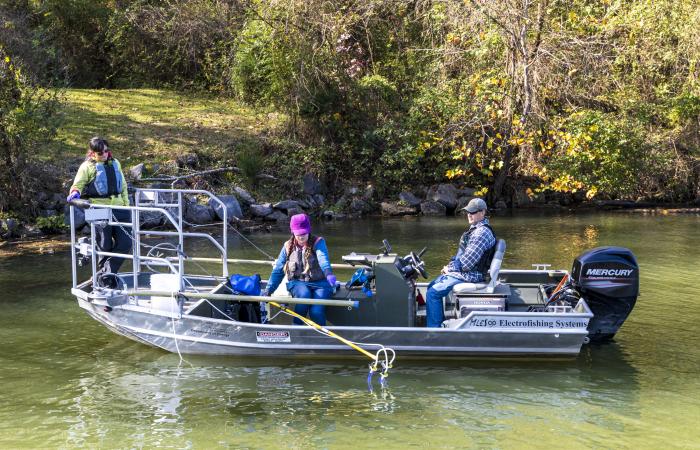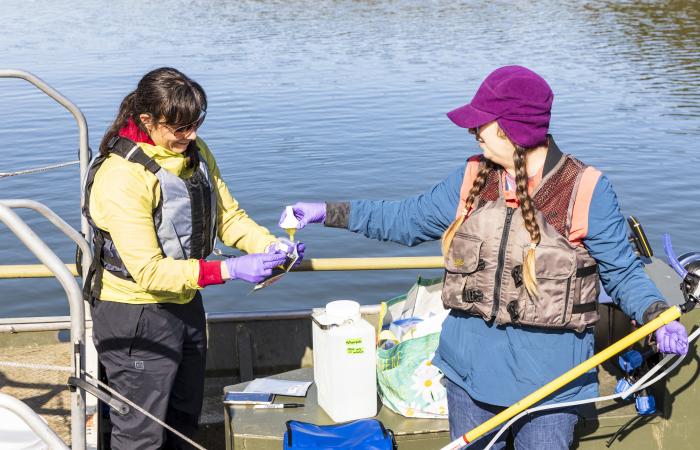Researchers at Oak Ridge National Laboratory are using a novel approach in determining environmental impacts to aquatic species near hydropower facilities, potentially leading to smarter facility designs that can support electrical grid reliability.
By collecting surface water samples, field researchers can analyze tiny pieces of environmental DNA, or eDNA, that fish and other organisms shed into the water, compare it to a genetic database of known species, and determine which organisms are living in the water. Environmental impact studies using eDNA are a fraction of the cost of conventional surveys, which can be disruptive because they involve capturing or seeing organisms in their habitats.
“From a drop of water, we can now better understand changes in the ecosystem, more accurately monitor and protect previously undetected endangered species, and respond with sound science,” said ORNL’s Brenda Pracheil.
Next, researchers hope to determine species sex and reproductive status through genetic marking. — Mimi McHale





